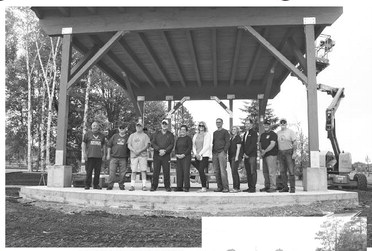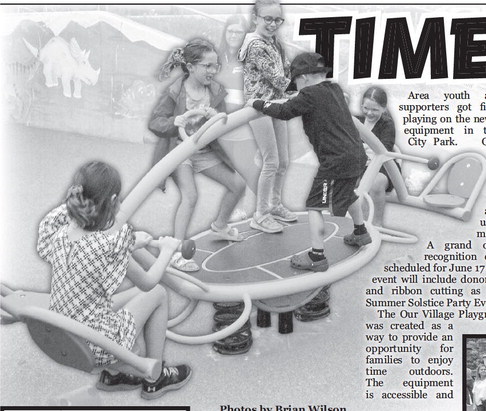Planning,
from p. 6
Conference held March 6-7 in Wisconsin Dells. WISE is the Department of Public Instruction’s school data system and “there’s more and more to it every year,” said Gorst. He said he was looking at creating a district data team to send to the conference every year “to make sure the data that is getting pulled from the state is extremely accurate and everything is in line there.”
District Administrator Mike Endreas provided a school budget update.
“We’re in good shape in regards to next year’s surplus. We’re looking at a decent size there with a mill rate of 9.33. I wouldn’t get too upset or too crazy about the mill rate as of yet, because we were very conservative on the property values. So the property values I think we projected at 3% but we anticipate that being higher. So, the higher your property values go will have an adverse effect to mill rate, so I think all in all, things are looking very good. We only did a three-year budget.
“And in 2025-26 and 2026-27, be cautious as well. That’ll be a new governor. The new governor’s biennial budget will be those two years. We’re in the second year next year, 2024-25. But projections or guesses for the next two years look pretty promising as well. We also ran this out because as you recall, we had to ratchet up our referendum. We had a tiered one and that’ll be the last year of our tiered referendum monies as well. So things are playing out fairly well with all the current projections and data we have.”
Endreas also brought up the March 14 incident at the Crandon School District in which 39 people were sent to the hospital due to symptoms of carbon monoxide poisoning and the school district was shut down, not to reopen until April. Endreas said he contacted Complete Control because he wanted to know the state of Spencer’s system.
“We do not have carbon monoxide detectors in our school. The difference between Crandon and our school is Crandon had furnace units in each classroom, and that’s what failed. So their furnace units service a bunch of classrooms and are pushing that air into that. We have a couple air handlers, in talking to Complete Control. I think there’s one in our gymnasium and so forth. And they said it’s not a bad idea and it doesn’t cost a ton of money, so we’ll be in the process of putting carbon monoxide points there. If it gets to a level — we have an alarm system on all our HVAC, anyway, so we’ll put some points on our alarm system there. And then he said the other area would be, because everything’s contained within the boilers, it wouldn’t be a bad idea to put some points in the boiler room as well. So that’s kind of our plan.”
He said he hadn’t gotten quotes for that yet, but he would return to the board once he had that information.
“I always look at situations like that, if something happens, learn from it and react to it,” Endreas said. “If it’s not that big of a reach to put sensors in, why not?”
Republican State Assembly members also plan to file a bill that would require carbon monoxide detectors in all Wisconsin schools. The proposal would include a process for districts to get reimbursed for costs associated with purchasing the detectors.
Also, the board approved an annual CESA(Cooperative Educational Service Agency) 10 service contract for $40,028.
“It used to be $150,000 to $200,000 probably 15 years ago, but they’ve had a lot less services over the years,” said Endreas.
He said the district was in the process of evaluating the CWETN (Central Wisconsin Educational Television Network) piece of the contract, which allows students to take classes taught by teachers in other area school districts remotely over the TV, as there may be just as good of options, if not better, available through Rural Virtual Academy (RVA). The school district will have to notify CESA by Aug. 1 if it plans to get out of the CWETN contract for the following school year, but Endreas recommended they keep it for now.
The CESA contract was approved unanimously.




